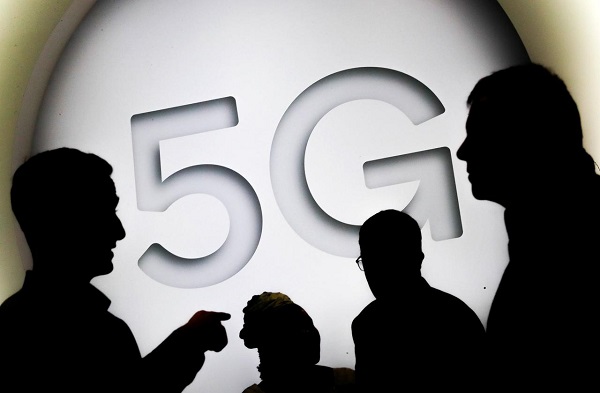
Nokia has released research that forecasts 5G subscriptions are expected to reach 263 million in the Middle East and Africa (MEA) region by 2026.
The 5G subscription growth Nokia says will primarily be in Gulf Cooperation Council (GCC) countries, including Saudi Arabia, the UAE, Qatar, Oman, Kuwait and Bahrain. Additionally, subscribers in South Africa, Nigeria and North African countries will increase adoption following the release of new spectrum. This trend is triggered by the increasing use of high-bandwidth consumer applications and industrial use cases.
The Nokia MEA Broadband Index Report provides valuable insight, data and analysis on mobile broadband subscribers, coverage, ARPU and traffic growth in the MEA region, as well as its respective sub-regions: GCC, Southern Africa, North Africa, Middle East, and Central East West Africa. The report has been created based on Nokia’s intelligence, as well as data from third-party sources, GlobalData and Tutela.
In GCC countries, 5G technology will dominate with the subscriber base reaching 64 per cent of the total and with data traffic likely to surpass 70 per cent by 2026, according to the study.
In Africa, 5G technology adoption will grow steadily, driven by the evolution of the device ecosystem and 5G spectrum allocations in many countries. While 4G subscribers in the Southern Africa region are projected to reach 105 million (58 percent of total subscribers) by 2026, 5G will contribute more than one-fifth of data traffic in the same time-frame.
North African operators have seen a high demand for mobile broadband and the region is expected to have a 20 percent increase in total subscribers by 2026, compared to 2022.
In Central East West Africa, today more than 60 percent of the total data traffic is carried by 4G. This traffic is expected to grow four times over the next four years. At the same time, 5G subscriptions are expected to account for nearly 10 percent of the total mobile subscribers in this period.
The study also reveals that 5G and 4G together are expected to drive more than 90 percent of data traffic in MEA. Total data traffic is expected to increase significantly in the next four years with a compound annual growth rate of 35 percent.
“Globally, the pace of 5G network rollouts has surpassed 4G/LTE networks. Two years after the first LTE launch there were only 25 million subscriptions across 60 networks, while two years after the first 5G launch, 340 million subscriptions were registered across 155 networks. Similarly, in MEA, our MEA Broadband Index Report finds 40 percent year-on-year growth in 4G data traffic but a huge 350 percent year-on-year growth in 5G data traffic in 2021 alone. This trend in the region clearly indicates that there is a pressing need for the adoption and expansion of 5G networks across the region.” Mikko Lavanti, Head of Mobile Networks, Nokia MEA, said.
“Ultra-low latency and ultra-fast 5G networks can support a plethora of unimaginable use cases such as augmented and virtual reality and uncover new potential in digitizing sectors such as energy, transport, healthcare, manufacturing and education while providing amazing experiences to individual users.”
Follow us on Telegram, Twitter, and Facebook, or subscribe to our weekly newsletter to ensure you don’t miss out on any future updates. Send tips to info@techtrendske.co.ke




